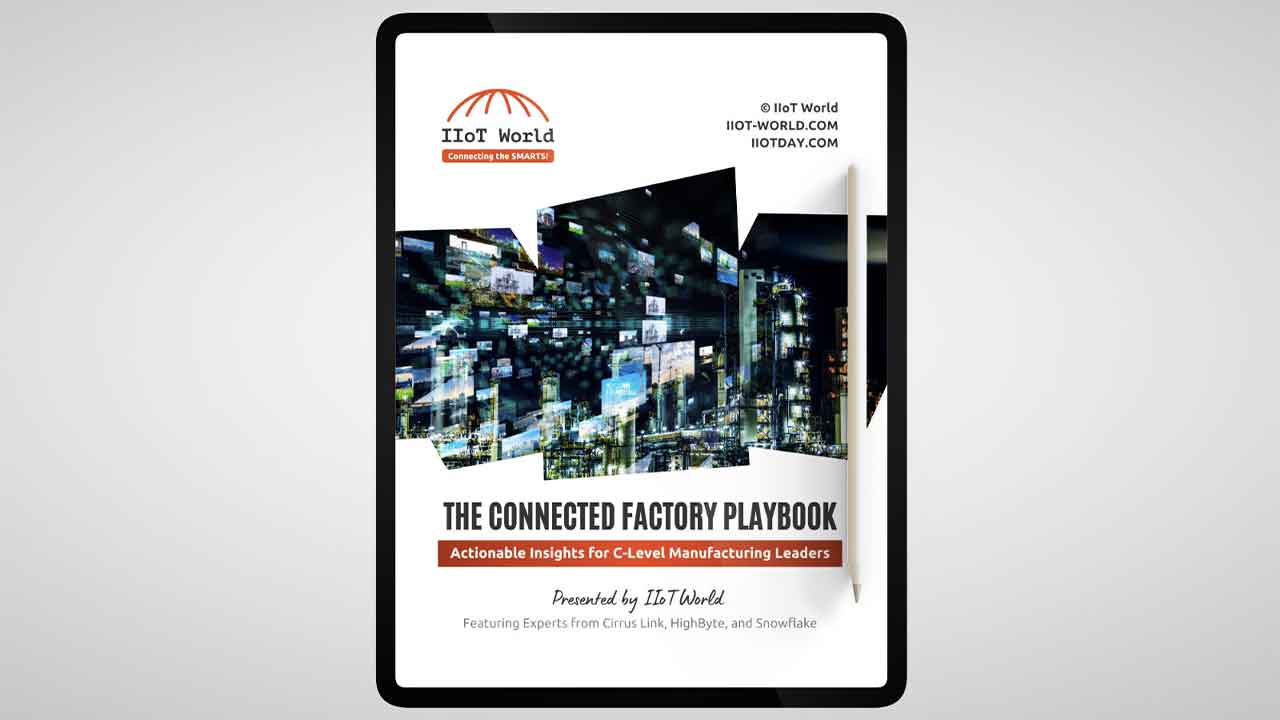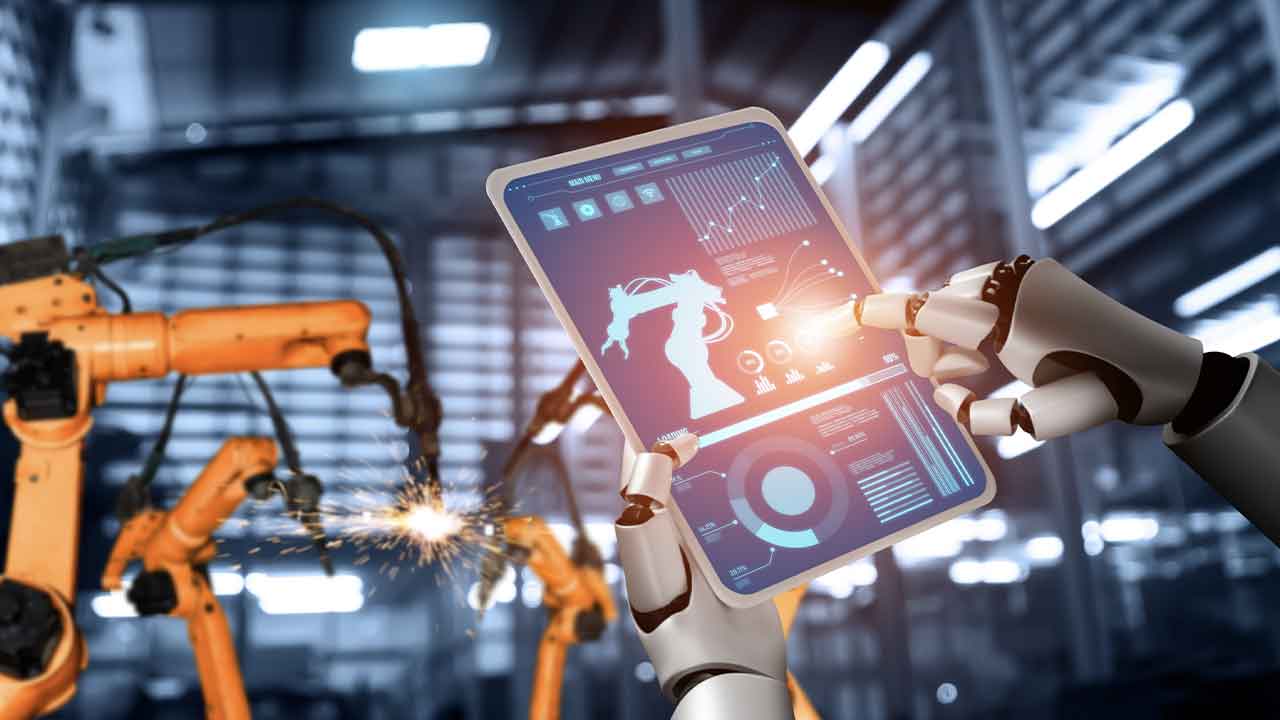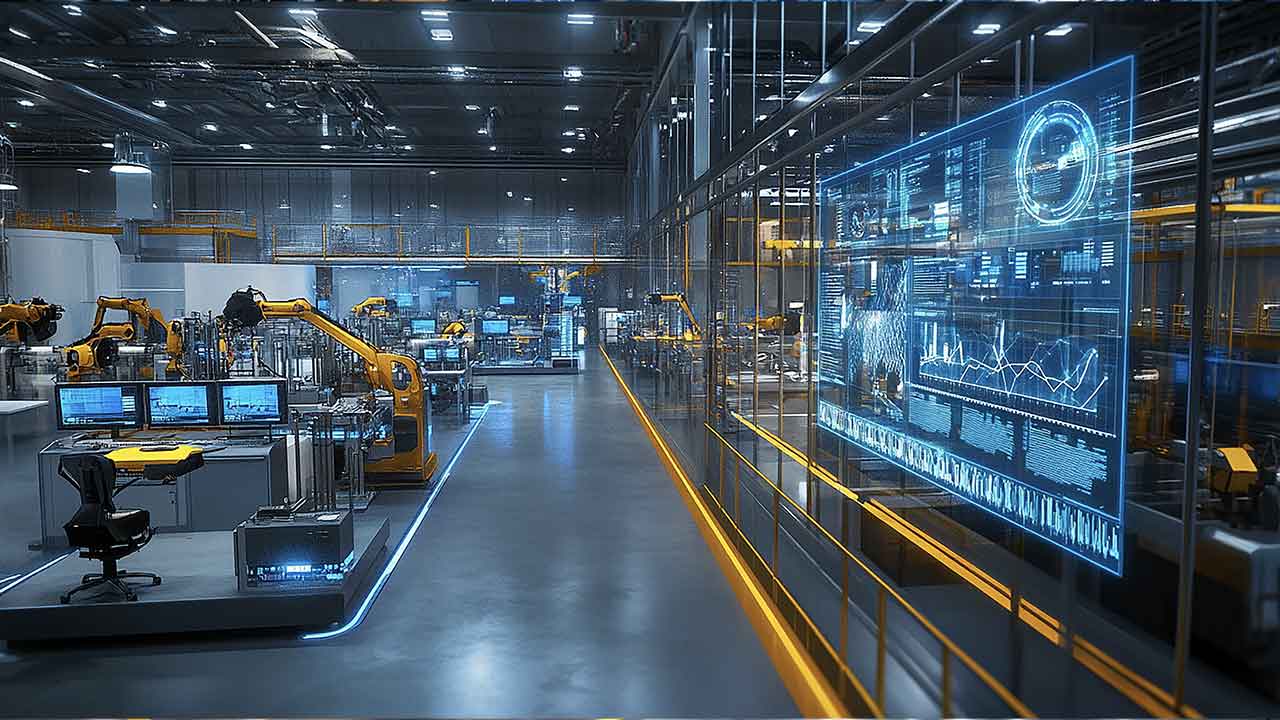The Coming Revolution of Digital Twins
The machines are talking. From the factory floor to the corner office, a quiet revolution is underway as more businesses wake up to the power of digital twins. What are these mysterious doubles that have captivated industry? Imagine creating a virtual copy of a physical asset—anything from a single pump to an entire smart building. This digital replica monitors real-time data through swarms of sensors and simulates behaviors under endless scenarios.
The benefits become clear: By peering inside the lifecycle of assets from birth to breakdown, digital twins enable companies to uncover problems before they materialize in the real world.
The result? Increased reliability, improved sustainability, reduced costs, and more productive systems. Leading the charge are industrial manufacturers and construction firms, but the applications span nearly every industry as virtual modeling and simulation unlock new value across product and infrastructure lifecycles.
The digital twin revolution has arrived. Businesses that embrace it now will gain a competitive edge, while laggards face disruption. So where to begin?
Benefits of Digital Twins for Predictive Maintenance
Avoiding Unplanned Downtime
The pain of unplanned downtime haunts every operations manager. When critical assets unexpectedly fail, entire systems grind to a halt while teams scramble to troubleshoot issues and order replacement parts. This reactive firefighting approach wastes money and frustrates customers.
Digital twins flip the script by enabling a proactive maintenance strategy. By mirroring exact equipment conditions in a virtual environment, engineers can simulate thousands of failure scenarios that may never manifest physically. Software models uncover imminent issues through continuous monitoring, so teams can schedule predictive repairs at optimal times.
Say goodbye to middle-of-the-night emergency calls. Digital twins empower businesses to get ahead of infrastructure risks before they strike.
Optimizing Maintenance Strategies
Digital twins provide complete visibility into asset performance history and real-time health data. This creates an ideal foundation for optimizing maintenance tactics to balance cost, uptime, and longevity.
Where should technicians focus their efforts? Which components require the most frequent inspections? By evaluating a virtual asset replica under various workloads, usage levels, and failure conditions, managers gain concrete insights to guide maintenance roadmaps. They can pinpoint the most common failure points and adjust plans accordingly.
The result is more efficient allocations of limited maintenance resources—ensuring effort aligns with equipment criticality and likelihood of faults. This data-driven approach replaces gut feel and tribal knowledge.
Constructing a Basic Digital Twin Model
Selecting the Physical Asset
When embarking on a first digital twin initiative, the natural question arises: Where do we start? With so much equipment and infrastructure to choose from, how can managers prioritize which assets to model virtually?
The best practice is to select a physical asset that balances complexity and criticality. Overly simple devices like household appliances offer limited value. But extremely complex systems like an offshore oil platform can overwhelm early efforts. The sweet spot lies somewhere in the middle—sophisticated enough to yield insights but not chaotic.
Construction firms may target a tower crane on site. Manufacturers might pick a CNC machine or critical production line. Don’t merely default to the shiniest new system, either. Consider legacy equipment prone to faults that cause workflow bottlenecks. The goal is rendering a virtual asset that maximizes potential business impact when optimized.
Capturing Design Data
With a physical asset selected, next comes gathering the digital design data required to construct its virtual counterpart. This provides the foundational schematics reflecting components, assemblies, and configurations.
For older machinery, maintenance logs and manuals offer a valuable starting point. But most modern assets developed using 3D modeling have far richer data built-in that teams can leverage. These computer-aided design (CAD) files contain extensive metadata on product structure, form, fit, materials, tolerances, and more.
Incorporating real-time sensor streams into the digital twin model brings further fidelity. As virtual representations evolve from static to dynamic, their usefulness for monitoring and simulation increases exponentially.
Defining Key Performance Indicators
Digital twins remain rather hollow without inputs and outputs to measure asset effectiveness against. Teams must determine the most critical key performance indicators (KPIs) to track based on organizational objectives around safety, reliability, efficiency, and other factors.
For a manufacturing robot, this might entail arm acceleration, vibration, cycle times, mean time between failures, energy consumption per product, and similar metrics. Infrastructure digital twins monitor indicators like structural strain, leak detection, overheating risk, backup power levels, and so forth.
With KPIs defined, managers can then set optimal baseline thresholds and configure alerts when real-world values deviate from expectations. This preventative approach enables issues to be flagged before causing broader problems.
Pioneering the Future
The digital twin revolution has arrived, carrying immense potential to transform operations and unlock new value. Early adopters in manufacturing, construction, and other industries now reap the benefits with maximized uptime, lower costs, and streamlined decision-making.
Yet for all the promise, most businesses still lag when it comes to virtual modeling and simulation. They continue relying on gut intuition rather than data-driven insights about infrastructure health and performance. The result? Inevitable inefficiencies, failures, and waste.
Constructing basic digital twin foundations does not require advanced computing power or skills, however. The techniques and tools grow more accessible each year, even for small and mid-sized organizations. There is no better time to get started.
The machines are talking. Are you listening? The future of predictive maintenance and beyond depends on how quickly leaders embrace digital twin capabilities today. Those who hesitate will find themselves disrupted by early movers who developed a commanding competitive advantage. Heed the call now before it becomes a costly roar.
About the author
 Written by Rob Davis, a business professional with extensive experience in workforce solutions and a keen eye for market trends and industry dynamics.
Written by Rob Davis, a business professional with extensive experience in workforce solutions and a keen eye for market trends and industry dynamics.



